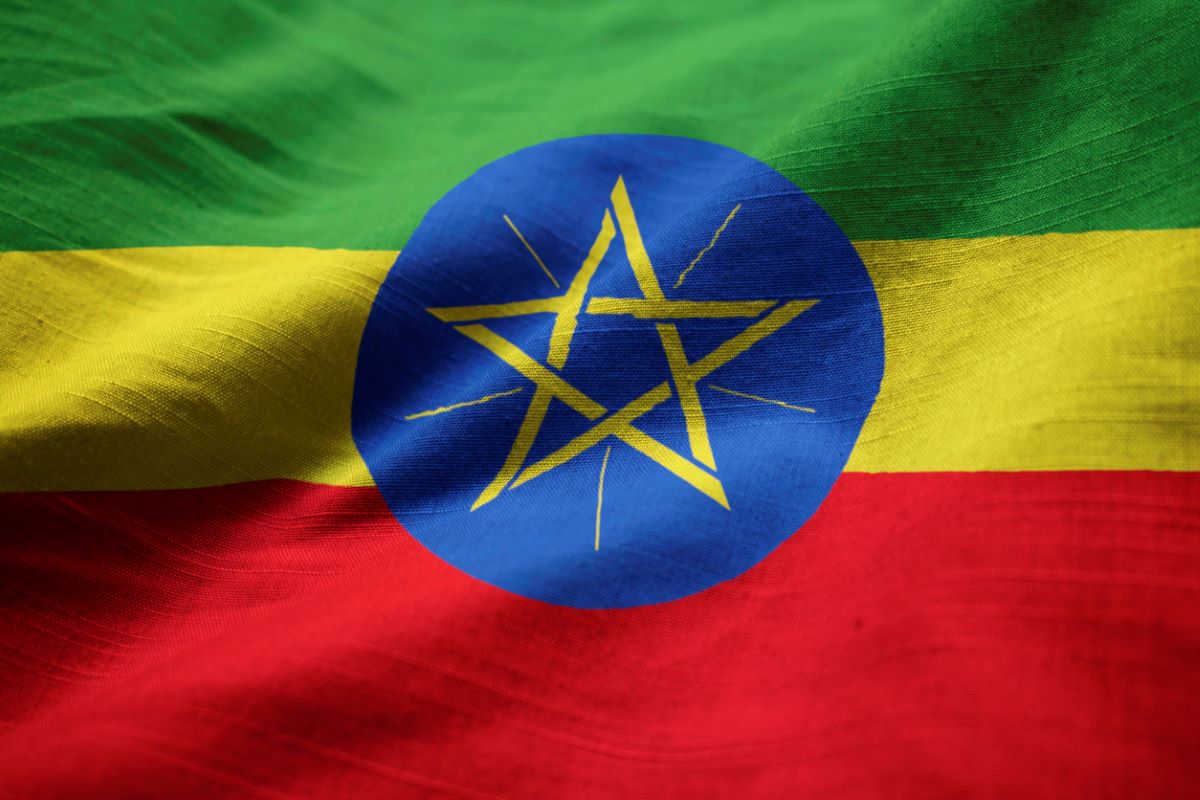The armed conflict in Ethiopia between the Tigray People’s Liberation Front (TPLF) and its allies against the government has caused tens of thousands of casualties. All parties to the conflict have perpetrated severe human rights abuses. Over five million people in the north of the country have for over a year now faced hunger and lacked basic supplies as the government has attempted to choke TPLF’s supply lines and the rebel group has responded with violence.
While world attention has been focussed on Ukraine, the conflict in Ethiopia has taken the shape of a fullblown crisis. The war has pulled in neighbouring countries and threatens the stability of the Horn of Africa and Red Sea regions. Yet, despite intense diplomatic engagement including by the African Union, America, and European countries, conflict dynamics continue to be largely driven by battlefield circumstances.
Advertisement
African security expert Vanda Felbab-Brown underlines the fact that the most recent reversal of military fortunes allowed the Ethiopian government, severely embattled until November, to push the TPLF back into Tigray. The decision of Prime Minister Abiy Ahmed to halt the counteroffensive of the Ethiopian National Defence Forces (ENDF) at Tigray’s borders in December did provide some hope that international diplomacy, bolstered by a US-created sanctions regime, could finally help incentivise a negotiated end to the conflict.
But, as Felbab-Brown points out, the fundamental requirement for an end to the conflict is that both Mr Abiy’s administration and the TPLF leadership recognise that some form of political accommodation is necessary. Battlefield wins, after all, at best can deliver a tactical peace which lasts only till the next battle.
Since November 2020, the Tigray war has seen wild swings in the military fortunes of the adversaries ~ in June 2021, the ENDF, after initial success, was routed and Mr Abiy ordered them out of Tigray, declaring a unilateral ceasefire. But Tigray forces rapidly pushed into neighbouring provinces, taking control of the historic town of Lalibela.
The TPLF continued its sweep towards the capital Addis Ababa over the next few months and the Abiy government seemed on the verge of collapse. But the insurgent leaders, much like the government, refused any form of political accommodation and demanded the Prime Minister quit. The anti-Tigray militias which had sprung up across the country aided and abetted by the government, and the infusion of drone technology into ENDF’s aerial bombardment campaign, however, repulsed the TPLF.
Experts say a comprehensive ceasefire, the withdrawal of government forces and rebel militias to their respective territories, the withdrawal of Eritrean troops from Ethiopia, and unrestricted humanitarian access can form the basis for inclusive peace negotiations about equitable power distribution in Ethiopia. But can the West afford to equate a sovereign state which has stood by them staunchly as a key counterterrorism ally in Somalia in particular and the Horn of Africa region in general with a violent, state-seeking insurgency? The answer to that question will decide whether the Ethiopian crisis will end with victory on the battlefield or through a negotiated settlement.









